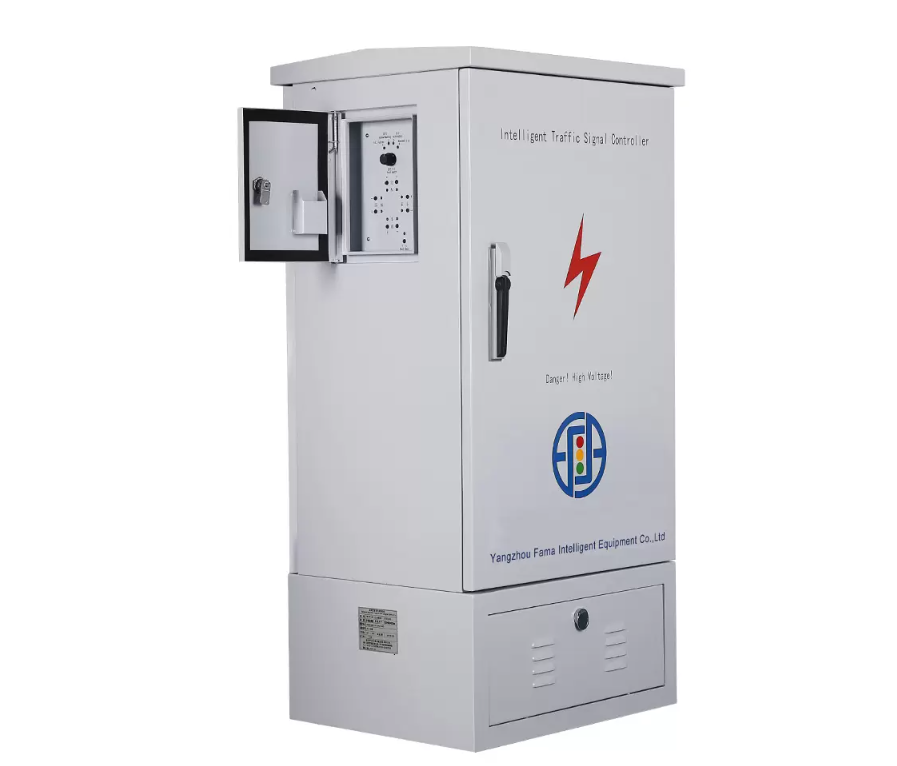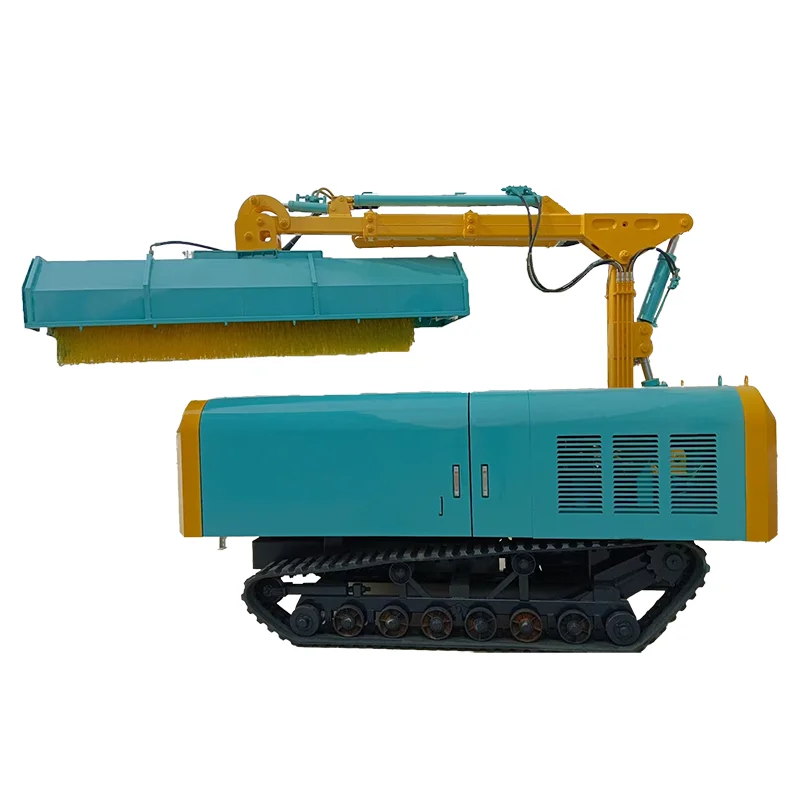Container ships play a crucial role in global trade, transporting goods across vast distances. The efficient loading and unloading of these massive vessels are essential for maintaining smooth supply chains and minimizing delays. In this article, we will delve into the intricate process of how container ships are loaded and unloaded, exploring the various techniques and technologies involved.
- Preparations and Planning:
Loading and unloading container ships require meticulous planning and coordination. Before the ship arrives at the port, the terminal operators must analyze the cargo manifest, determining the optimal arrangement of containers based on weight, size, and destination. This planning stage ensures that the ship's stability is maintained and that the cargo can be efficiently accessed during unloading. - Container Yard Operations:
Container yards are the heart of the loading and unloading process. Upon arrival, containers are unloaded from the ship and organized in the yard based on their destination. Advanced technologies, such as automated stacking cranes and container management systems, streamline these operations, ensuring accurate tracking and efficient retrieval of containers. - Crane Operations:
Container ships are equipped with massive cranes that facilitate the loading and unloading process. These cranes, often referred to as ship-to-shore cranes, can reach heights of over 100 meters and have the capacity to lift multiple containers simultaneously. Highly skilled crane operators maneuver these giants, carefully placing containers onto the ship or onto waiting trucks for transportation. - Stowage Planning:
Efficient stowage planning is crucial to maximize the ship's capacity and stability. Stowage planners utilize advanced software to determine the optimal placement of containers, considering factors such as weight distribution, cargo compatibility, and accessibility. This meticulous planning ensures that the ship can withstand the forces of the sea while maintaining the integrity of the cargo. - Safety Measures:
Loading and unloading container ships involve inherent risks, and safety measures are of paramount importance. Terminal operators enforce strict safety protocols, including the use of personal protective equipment, proper training for workers, and regular equipment maintenance. Additionally, advanced technologies, such as automated safety systems and real-time monitoring, enhance safety and minimize the risk of accidents.
Conclusion:
The process of loading and unloading container ships is a complex and highly coordinated operation. From meticulous planning and efficient container yard operations to skilled crane maneuvers and stowage planning, every step is crucial for maintaining the smooth flow of global trade. By embracing advanced technologies and prioritizing safety, the maritime industry continues to revolutionize the loading and unloading process, ensuring the efficient movement of goods across the world.







